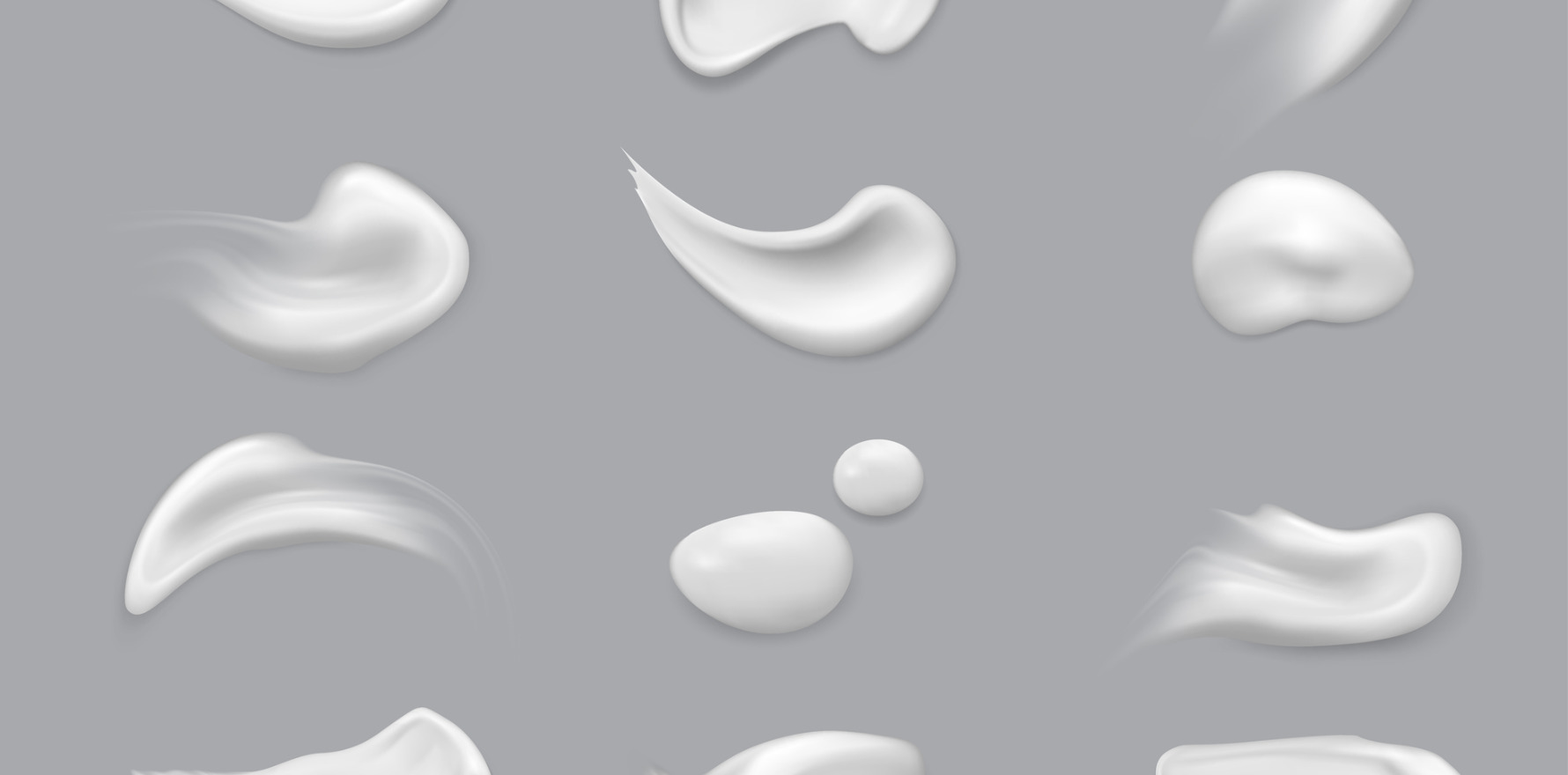
More people than ever are misusing topical corticosteroids, prompting warnings about wide-reaching potential harms.
Experts are warning about the growing number of people using skin bleaching products globally, and Australians could be at risk of products brought in from overseas.
The International League of Dermatological Societies released a position paper on 31 March warning about the harms of misusing topical corticosteroids.
“Research has indicated that prolonged use of skin bleaching products that contain corticosteroids can lead to several adverse effects,” the paper said. “These include skin thinning, stretch marks, bruising, persistent redness (erythema), the appearance of small blood vessels (telangiectasia) and photosensitivity.”
“There have also been reports of glaucoma, femoral head osteonecrosis and fungal and bacterial infections linked to their use.”
The ILDS, an umbrella organisation for professional dermatological organisations, called for stronger action by countries’ regulators to protect patients from the harms of easily available strong steroid products and topical steroid misuse.
“The global skin lightening industry is expanding rapidly, and its market size was recorded at USD 8.5 billion in 2023, with a projection to reach 15.5 billion by 2032,” the ILDS position paper said.
“In some countries (e.g. India), facial skin lightening products, which often include potent and super-potent corticosteroids, represent a significant proportion of the skincare market. These products are often available without medical oversight, posing significant health risks.”
Some of these risks include “topical corticosteroid damaged face”, which the ILDS statement said was a widely reported issue in India.
While some regions of the world were called out for widespread use of skin bleaching, such as parts of Africa, Asia, South America and the Caribbean, Sydney dermatologist and co-author of the position paper Professor Stephen Shumack said it was rare in Australia.
Nevertheless, patients sometimes use products brought in from overseas, and it was helpful for clinicians to be aware of the possibility and to check the product label for its ingredients, said the Royal North Shore Hospital doctor.
The dermatology group warned that skin bleaching and other misuse of topical steroids could lead to a range of issues, including:
- Patients not properly clearing the disorder they’re trying to treat, and subsequent relapse. This could be joined by steroid dependency and tachyphylaxis
- More frequent and more severe skin infections from bacteria, fungi, viruses and scabies. Increased transmission and drug-resistant fungal infections were also a concern
- Atrophy, bruising, worsening acne or rosacea, striae formation, ulceration, possible cancer-causing effects, hypertrichosis or Cushing’s syndrome. Foetal growth restriction was another risk
- Mental health effects and damage to self-esteem
Curbing the problem required a multipronged approach, according to the ILDS, which included:
- Patients should take topical corticosteroids, other than mild strength, by prescription only and supervised by a trained healthcare professional
- Regulators need to ban monotherapy and/or fixed-dose combinations containing potent or super-potent corticosteroids without a prescription
- Clear guidelines were needed to protect the public from these overuse and misuse risks

